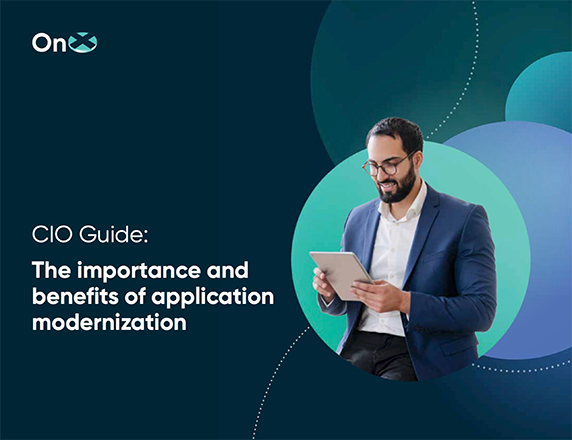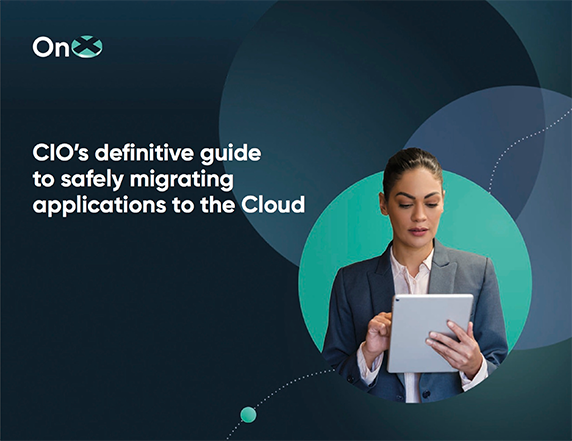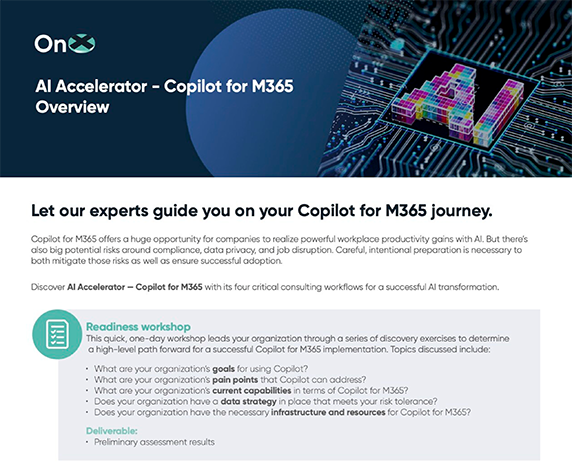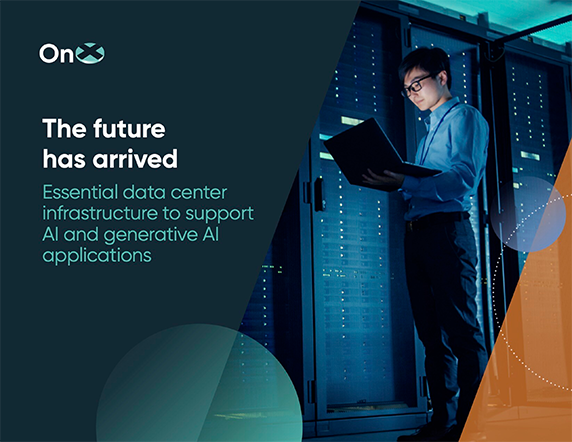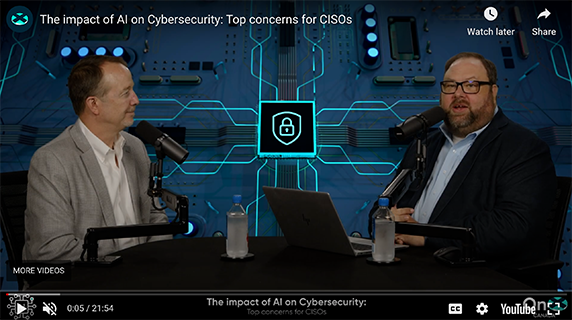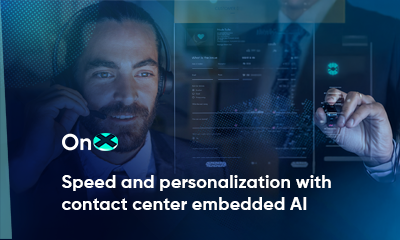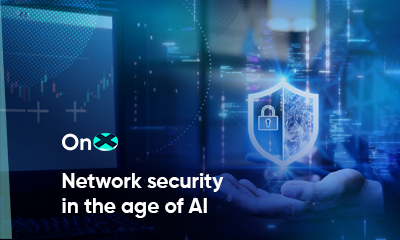
Generative AI (GenAI) is reshaping industries with its ability to automate creativity, streamline operations, and unlock new efficiencies. But as organizations embrace these capabilities, a parallel reality is emerging where cyber threats are evolving just as fast. The same tools that empower innovation are now being weaponized by adversaries to launch more sophisticated, scalable, and deceptive attacks.
To stay secure in this new landscape, cybersecurity leaders must rethink their strategies—not just to defend networks and endpoints, but to protect the AI systems themselves. In this blog, we cover what every organization needs to know in the age of generative AI risks.
Generative AI supercharges cybercrime
Gone are the days of poorly written phishing emails. Instead, today’s attackers use generative AI to craft flawless, personalized messages that mimic legitimate communications. By scraping public data, such as LinkedIn profiles or company press releases, cybercriminals can tailor lures that feel eerily authentic.
Dark web tools like FraudGPT and RamiGPT strip away ethical safeguards to generate malicious content. These platforms enable the creation of convincing phishing e-mails, fake websites, and even malware code, making social engineering faster, cheaper, and more effective than ever.
New and emerging cybercriminal tactics
As generative AI becomes embedded in business workflows, new risks are surfacing. As doors to completely new threat channels are opening, current threats like e-mail phishing are changing too. The following tactics utilize AI or exploit trust in AI interfaces, making it harder for users to detect manipulation.
- Smishing: AI-generated SMS messages mimic delivery alerts, banking notifications, or HR updates—tricking users into clicking malicious links.
- Prompt injection: Attackers manipulate AI systems by embedding harmful instructions in user prompts or external data.
- RAG poisoning: Corrupting external data sources used by AI models to skew outputs or introduce vulnerabilities.
- Instructional jailbreaks: Using linguistic tricks to override model safeguards.
- Multi-agent exploitation: Targeting systems that rely on plugins or interact with other models.
- Backdoors in fine-tuned models: Embedding hidden triggers that can be activated later for malicious purposes.
Compliance challenges
Generative AI introduces complex challenges beyond technical security. If the synthetic data used to train AI models isn’t properly sanitized, AI-generated records may inadvertently expose sensitive information. Public trust can be further undermined with deepfakes, hyper-realistic fake videos and audio that can be used for impersonation, fraud, or misinformation. Generative AI content might also unintentionally violate copyright concerns, further opening organizations up to compliance risks. With global regulators racing to define AI governance, companies must proactively address compliance and ethical use.
Your blueprint for AI safety
There’s no need to fear generative AI risks, but we do recommend you secure it to ensure you don’t become a victim to bad actors. A modern cybersecurity strategy should include:
- AI-aware security controls: Protect not just data and applications, but also models, prompts, and training pipelines.
- AI Security Posture Management (AI-SPM): Continuously monitor AI deployments for vulnerabilities and misuse.
- Governance frameworks: Establish clear policies for responsible AI use, including validation of outputs.
- Employee education: Train staff to recognize AI-driven threats and use AI tools safely.
- Expert partnerships: Collaborate with specialists in AI security to stay ahead of emerging risks.
CBTS can help your team balance innovation with vigilance
Generative AI risks are a powerful force for transformation—but it’s also a double-edged sword. The organizations that thrive will be those that embrace its potential while investing in robust defenses. By understanding the risks, implementing smart safeguards, and fostering a culture of responsible AI use, businesses can innovate confidently without compromising security.

